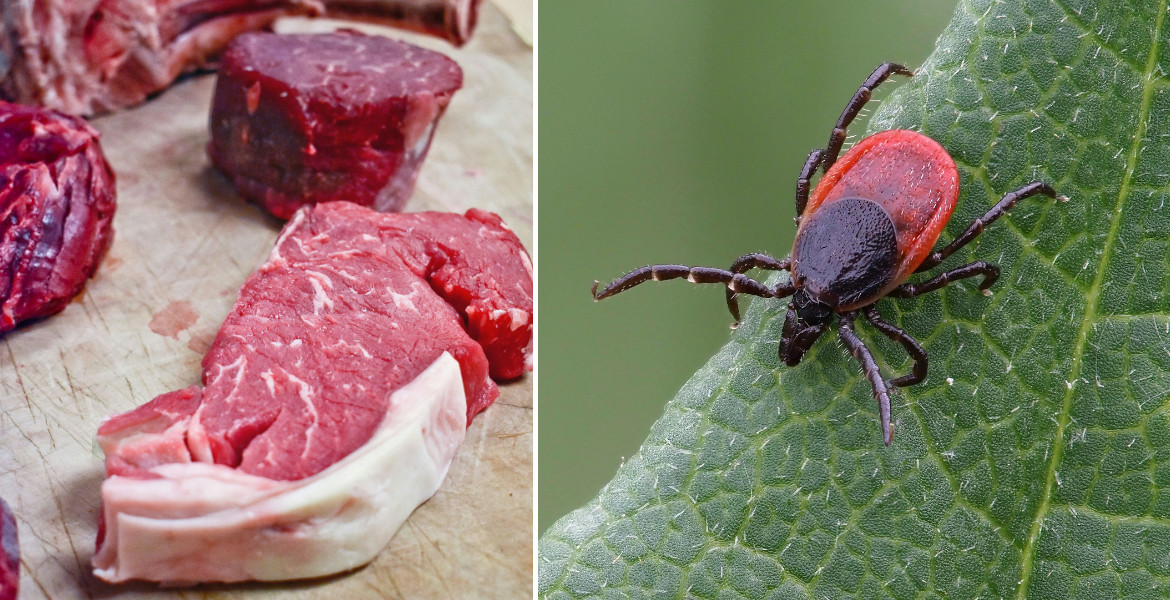The rowan berry is extremely rich in vitamin C and antioxidants, but it has also long been a revered protective tree, described as magical in ancient folklore and Norse mythology.
The rowan is a common tree in Sweden that many people today may pass by without giving it much thought, but in the past the rowan had a very special place in the Nordic landscape and was thought to protect against evil forces, for example. The berries that fall in autumn are also rich in nutrients and can be frozen or dried. There is also the question of whether there is any truth in the old saying that the tree can predict what sort of winter there will be.
A year-round tree
The rowan grows in many parts of Europe, North America and Asia. It is often considered to be a typical autumn tree, but it is a tree that is beautiful all through the whole year and makes a good garden tree. It is easy to grow, often healthy and fast-growing, but does not live more than 50 to 60 years. There are several different types of rowan, for example there are yellow-fruited trees and also a variety called the sweet rowan.
Three berries a day
Rowan berries may not have been considered very edible in the past, but they have had a renaissance in recent years. The berries are in fact small apple-like fruits and often have a rather bitter and sour taste. After the first frost, the berries should be more palatable.
The berries are extremely rich in vitamin C and just three berries a day should provide the daily requirement. It is worth noting that rowan berries also contain the sugar alcohol sorbitol, which is often used as a sweetener in foods, and eating large amounts can have a laxative effect. For this reason, the berries may be good for constipation.
They also contain antioxidants in the form of polyphenols and some beta-carotene. The berries also contain small amounts of several other vitamins and minerals. Like lingonberries and cranberries, rowan berries are also thought to prevent urinary tract infections. In the past, they were also used to treat scurvy, joint pain and kidney stones.
Freeze or dry
Rowan berries can be frozen, so you can pick them before the first frost and still get the milder flavour. It is also common to dry rowan berries and then use them in a bowl of yoghurt or porridge. Dried rowan berries can also be ground into a powder.
Alternatively, the berries can be used to make jam, marmalade or jelly. The berries usually go well with apples. Similar to lingonberries, rowan berries contain benzoic acid, which is a natural preservative. Rowan berries can be used in bread. Dried rowan berries can also be used to brew tea, which can also be made with young rowan leaves.
Think of the birds
After the frost, when the berries become milder, rowan berries also become food for several species of birds and are an important source of food for them during the winter. Even though rowan trees can grow very tall and we can seldom reach all the berries, it can be a good idea to leave berries for the birds. If you like, you can also freeze them and save them for the bird feeders in late winter.
Magic powers
Rowan (Swedish: rönn) is an Old Norse name for ‘red’ and the tree has a special place in the Nordic landscape. In the northern parts of Sweden it was a common guardian tree, a tree that served as a kind of link to the spirit world and could also be seen as a living guardian of the farm. Especially on farms in the forest, where the so-called forest Finns lived, the rowan was often the guardian tree, as it was an important symbol for the migrating Finns: in the Finnish national epic, the Kalevala, it is said that “the holy rowan is on the farm”. In Finland it is still common to have rowan trees on the farm.
In the Skáldskaparmál, part of Snorri’s Edda, the Aesir Thor saves himself from a stream with the help of a rowan tree, and according to folklore the rowan tree was then given power by Thor in gratitude for its help. The rowan tree was thought to protect against lightning, witchcraft and the so-called Lady of the Woods. The flying rowan, i.e. a rowan that has sprouted from another tree and grown as a separate tree, was considered particularly magical and protective.
One of the most famous sayings about the rowan is that it can predict what winter will bring. If the rowan has many berries, there will be a cold winter to come. However, Ulf Sperens, a former researcher at Umeå University, says this is nothing but a myth.
– The rowan cannot predict the future, quite the opposite, Sperens told country life magazine Land.






